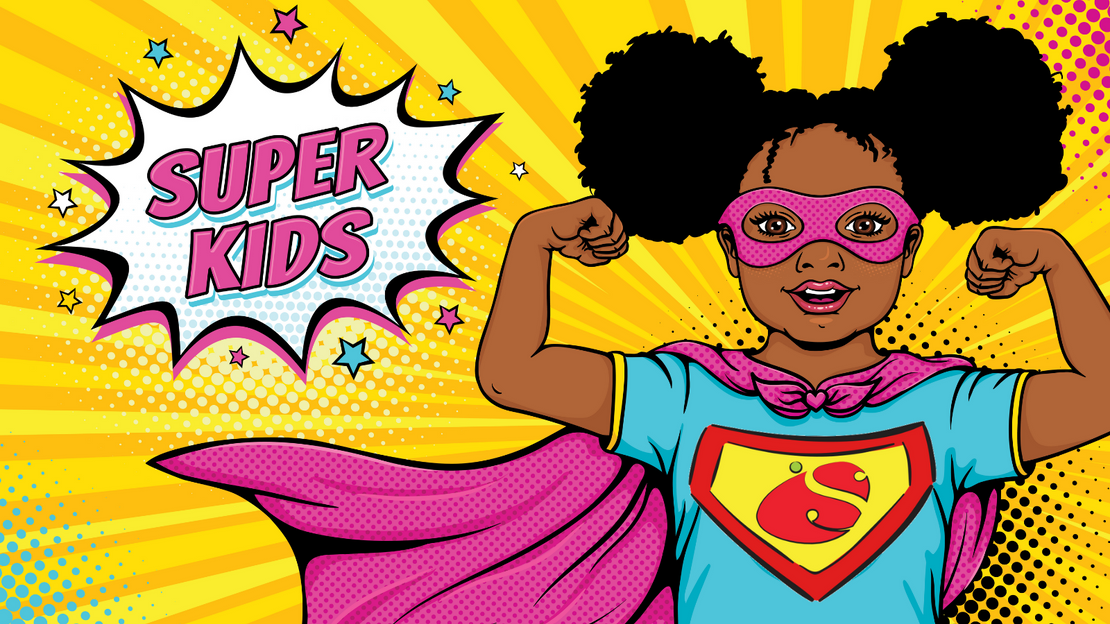
It Takes An (Online) Village – Taking The Fear Out Of Kids’ Games
 March 4, 2021
March 4, 2021 Hello readers, and we hope you had a successful Internet Safety Month. While we’ve moved into March we know that the importance of Online Safety lasts all year long.
We realise that many of you not only work in social media and online communities, but are raising children in this digital age. For Internet Safety Month, we decided it would be a good idea to put our review hats on, and delve into the world of Children’s online games.
We reviewed three highly popular kids’ online games, and got the chance to interview a couple of our own children who also happen to be big fans of the games. Check them out below…
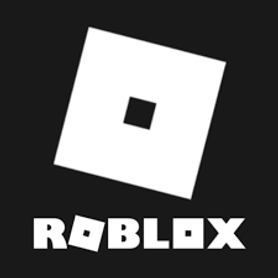
Roblox
…is quite an anomaly, because it’s not a game in and of itself, but rather it’s an online game platform and game creation system which provides users with the coding and programme tools to create their own games for others to play. Roblox is free-to-play, with in-game purchases available through a virtual currency called “Robux”. You can also purchase game card certificates and as a parent, you’ve likely seen these for sale in your local markets.
Why Roblox? At its heart, Roblox is a gaming programme which allows users to create their own games and virtual worlds. You can make Roblox just about anything you want it to be, and play in any world you want. If you’re interested in game development you can easily learn how to build your own game. Because of this, Roblox has an endless number of ‘worlds’ and games to play to please any palate, and each gamer only needs one avatar to play anywhere. Popular games/worlds are: “Tower of Hell” a par-cour style game which tests your ability to jump your avatar to new levels and physical challenges.

‘Royale High’
…a virtual dress-up world with fashion contests and games.
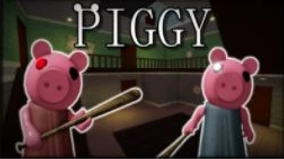
And ‘Piggy’ – a survival/horror game where your character must survive being chased by – you guessed it – a lifesize pig holding a baseball bat. These are but a small example of the available games and while they are free to play, if you want to customise your avatar and home, you will need to purchase ‘robux’ (see above).
Signing up: sign up is very simple and there is a programme download required in order to play. Users must agree to the Terms of Use before engaging however, there are no guidelines or instructions on how to report something if need be. The Terms of Use are extremely thorough; however the language is ‘legalese’ which means that most young players aren’t going to read, or understand them.
Safety: user friendly tools make it easy to ignore or report someone for being inappropriate; however, with no barrier to entry, and no instructions or rules of engagement at sign-in, the user must figure out how to find these tools themselves.
WE RECOMMEND you sit with your children and go through the safety rules together so that they understand how Roblox expects its users to behave and what to do should they need help.
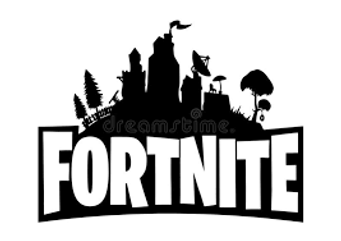
Fortnite
… considered one of the most popular video games in the world, Fortnite is also free to download and free to play online. Originally Fortnite was a survival building game, however their newest venture, Battle Royale, has changed this to include a much richer, player versus player (PvP) aspect to the survival. As this is a massive multiplayer game requiring users to play with others, each match is different bringing an element of surprise and fun. And there is no sure fire way of winning.
Why Fortnite? Fans of the game explain that it promotes strategic thinking and cooperation, and encourages communication and team building skills.
While Fortnite advertises as a game safe for 13 years and older, if you scroll through comments on the site the ages tend to range from 8+ to 13+. Critics complain that the game is so excitable, that younger children may get ‘too amped up’ and the biggest issue is with the constant adrenaline rush.
Signing up: The Sign-up process is pretty simple. All that is needed is an Xbox one, Playstation 4, Windows PC, a Mac or an iOS or Android device and the game can be downloaded and played free – all the player has to do is give an email address and a password. If parents have locked their children’s devices with passwords they won’t be able to, otherwise it is very simple for them to download it and play.
Safety: Voice and text chat default to ‘On’ and can only be turned off via your console. In addition, parental controls must also be adjusted on the Epic Games (parent company) account settings, which is another barrier to play and not immediately available. Children say it is full of predators and “paedos”. Toxic behaviour and swearing is pretty typical within the game, and critics have concerns that the game play itself exacerbates OCD and ADHD and aggressive behaviour
It’s encouraging to note that many children are savvy to the dangers of online predators, however the fact that it still exists means WE RECOMMEND this game for the more mature children in your household who have a better grasp on boundaries and reporting tools.
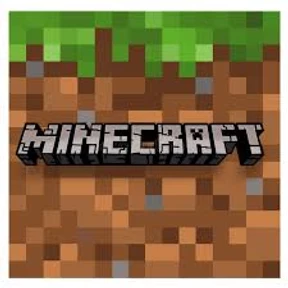
Minecraft
…is more of a virtual world and building/architectural game. Mining for items during the ‘daytime’ such as food, minerals and the like, these help you to build your home and any other buildings you desire. You must also avoid running into dangerous creatures ‘at night’ who can threaten your player’s life and the items collected. The difficulty level is anything from very basic to advanced and you can choose how involved you decide to be.
Why Minecraft? And we were lucky here, as we were able to interview a superfan, who we will call ‘Thomas’…
12 years old, bookish and very bright, Thomas absolutely loves the game. What he loves about Minecraft is that he can construct and build whatever he wants. As the architect, Minecraft allows him to be very creative and hone those skills in an online environment. ‘Thomas’ is an anxious child – who worries about pretty much everything, so having a space that he can control and be creative in a safe environment says a lot about Minecraft!
When asked about Safety, our expert player was confused and unsure how to talk about it, and it’s not hard to understand why. When we created our Minecraft account, it took us quite some time to find the Parental Controls. We eventually found some information after scrolling through Player Support and down 6 different sections to find Parental Controls:
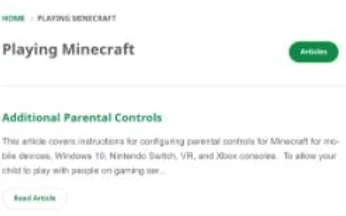
It would appear that, because Minecraft is essentially a construction and architectural game platform which allows players to make their own world, communication and player to player connection isn’t vital to gameplay, nor is it hugely promoted. As a parent, you can adjust the player settings to allow your child to openly communicate with their friends and this article does explain how.
WE RECOMMEND sitting with your young person while they play, both so that they can show you how it works, and you can also explain how to properly communicate in an online environment.
All in all, we’re very much in favour of online games for young people.
Most products are developed by people who enjoy educating, teaching and supporting their development in a positive environment. We’re fond of saying ‘If the game doesn’t take your safety seriously, then they’re not worth your time or your money’. Your children enjoy playing online, so ensure that they know, that you know, you can trust them to behave appropriately. Together, find the safety tools and rules, and discuss together. Then if anything happens they know they can come to you with the issue to help them solve the problem the right way.
To find out more about our team’s expertise in moderating Kid-friendly products, get in touch here.


 Share This Post
Share This Post